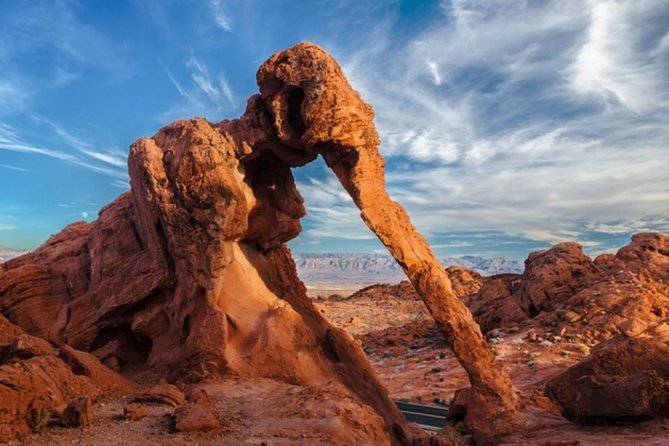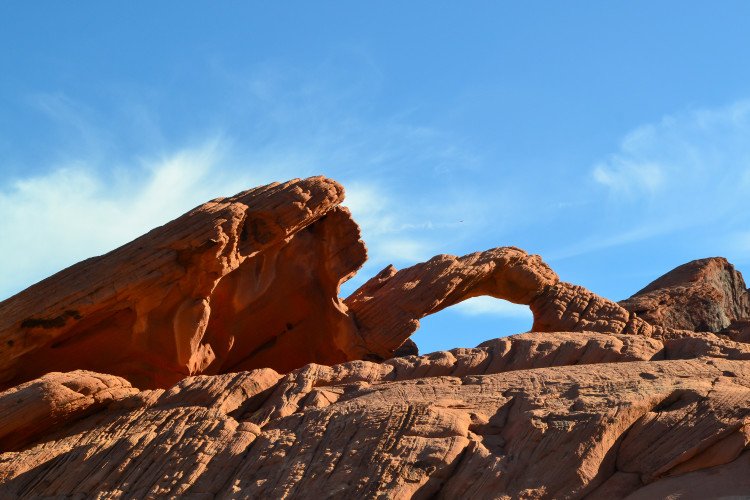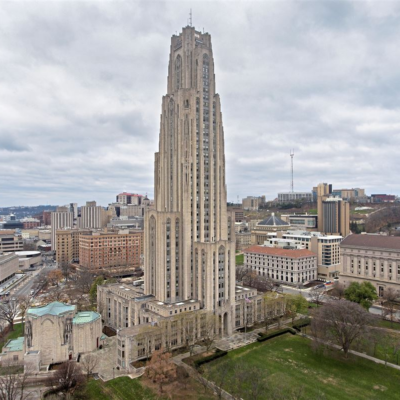Valley of Fire State Park is one of Nevada’s most beautiful and underrated natural wonders. Known for its bright red sandstone formations, this park offers breathtaking views, unique rock shapes, ancient petroglyphs, and plenty of hiking trails. Whether you’re an adventurer, nature lover, or photographer, Valley of Fire State Park should definitely be on your bucket list.
Let’s dive into everything you need to know about Valley of Fire — from history and geology to travel tips and top things to do.
What Is Valley of Fire State Park?
Valley of Fire State Park is Nevada’s oldest and largest state park, covering over 40,000 acres of stunning desert landscape. It’s located about 55 miles northeast of Las Vegas and is named for its bright red Aztec sandstone formations, which often appear to be on fire during sunrise and sunset.
Designated as a state park in 1935, the Valley of Fire is not just about rocks—it’s a vibrant mix of natural beauty, Native American history, and desert wildlife.
The Fiery Landscape: Why It’s So Unique
The most striking feature of Valley of Fire State Park is its fiery red sandstone. These formations were created over 150 million years ago during the age of dinosaurs. Wind and water erosion over time sculpted the rocks into strange shapes that look like elephants, arches, waves, and even beehives.
Some key geological features include:
- Fire Wave: A swirled sandstone formation resembling a wave
- Elephant Rock: A rock that resembles an elephant with a long trunk
- The Beehives: Dome-like rock structures with horizontal lines
History of Valley of Fire
Long before tourists arrived, this land was home to ancient Native American tribes like the Ancestral Puebloans and the Paiute. Petroglyphs carved into rocks across the park date back more than 2,000 years. These rock carvings tell stories of the people who once hunted and lived here.
In the 1930s, the Civilian Conservation Corps helped build the park’s original facilities, some of which still exist today.
Best Time to Visit Valley of Fire

Valley of Fire is open year-round, but the best time to visit is in fall (October–November) and spring (March–April). During these months, the weather is comfortable, ranging between 60°F and 80°F. Summer temperatures can soar above 100°F, making hiking difficult and potentially dangerous.
Top Things to Do in Valley of Fire State Park
There’s a lot to explore in Valley of Fire, whether you have a few hours or a few days.
Must-See Attractions:
- Fire Wave: A stunning wavy pattern in the rock that looks like it’s on fire
- Elephant Rock: Near the east entrance, perfect for photos
- Atlatl Rock: Home to some of the most visible petroglyphs in the park
- Mouse’s Tank: A short hike to a natural basin where water collects
Other Highlights:
- Rainbow Vista: Offers a wide view of colorful rock formations
- White Domes: A scenic loop trail through narrow canyons
- Seven Sisters: A group of towering red rock formations along the road
Hiking Trails You Shouldn’t Miss
Hiking in Valley of Fire State Park is the best way to see its hidden treasures.
Top Hiking Trails:
Fire Wave Trail
Distance: 1.5 miles round trip
Difficulty: Easy
Why Go: It leads to one of the most iconic formations in the park
White Domes Trail
Distance: 1.1 miles loop
Difficulty: Moderate
Highlights: Slot canyons, ruins of a movie set, and great views
Atlatl Rock Trail
Distance: 0.1 miles
Difficulty: Easy (stairs)
Best For: Viewing ancient petroglyphs up close
Mouse’s Tank Trail
Distance: 0.7 miles round trip
Difficulty: Easy
Highlights: Shady spots, petroglyphs, and natural tanks
Wildlife and Nature in the Park
Though it’s a desert, Valley of Fire State Park is home to a variety of wildlife.
Common Sightings Include:
- Desert bighorn sheep
- Jackrabbits
- Coyotes
- Lizards
- Roadrunners
The park also has desert plants like:
- Creosote bushes
- Cacti
- Joshua trees
- Desert marigolds (which bloom in spring)
Tips for Visiting Valley of Fire
Here are some useful tips to make the most of your trip:
- Bring water: It’s the desert—stay hydrated
- Wear sunscreen and hats: The sun can be brutal
- Visit early or late: Sunrise and sunset offer the best light and cooler temperatures
- Cell service is limited: Download maps in advance
- Respect nature: Don’t climb on fragile rocks or touch petroglyphs
Camping and Accommodation Options
Valley of Fire has two main campgrounds: Atlatl Rock Campground and Arch Rock Campground. These offer basic amenities like water, grills, and shaded picnic tables. Some sites even have electric hookups.
Other Stay Options:
- Hotels in Overton, NV: Closest town, about 20 minutes away
- Las Vegas: Only 1 hour drive—ideal for day trips or luxury stays
How to Get to Valley of Fire State Park

From Las Vegas:
Take I-15 North for about 50 miles. Exit at #75 (Valley of Fire Highway) and drive east for 15 miles to the west entrance.
From Utah or Arizona:
Take I-15 South and exit at #93 near Overton, then follow signs to the east entrance.
Park Hours: Open daily from sunrise to sunset
Entrance Fee: $10 per vehicle ($15 for non-Nevada residents)
Frequently Asked Questions (FAQs)
Is Valley of Fire worth visiting?
Absolutely. It’s one of Nevada’s hidden gems, full of natural beauty, history, and adventure.
Can I visit Valley of Fire as a day trip from Las Vegas?
Yes. It’s only about an hour’s drive and perfect for a day trip.
Are pets allowed?
Yes, leashed pets are allowed on trails and at campgrounds.
Is drone flying permitted?
No, drones are not allowed in the park.
Are there ranger programs or tours?
Occasionally, the park offers guided tours and educational programs—check their website for updates.
Final Thoughts
Valley of Fire State Park is more than just a desert—it’s a place of wonder, color, and ancient stories written in stone. Its fiery red rocks, unique formations, and peaceful hiking trails make it a perfect getaway for anyone seeking natural beauty and outdoor adventure.
Whether you’re hiking the Fire Wave, exploring ancient petroglyphs, or simply driving through its scenic roads, this park leaves a lasting impression.
So pack your camera, sunscreen, and hiking shoes—and prepare to be amazed by one of Nevada’s most stunning landscapes.
Do Follow USA Glory On Instagram
Read Next – Explore Driftwood Beach Jekyll Island: A Stunning Coastal Gem






